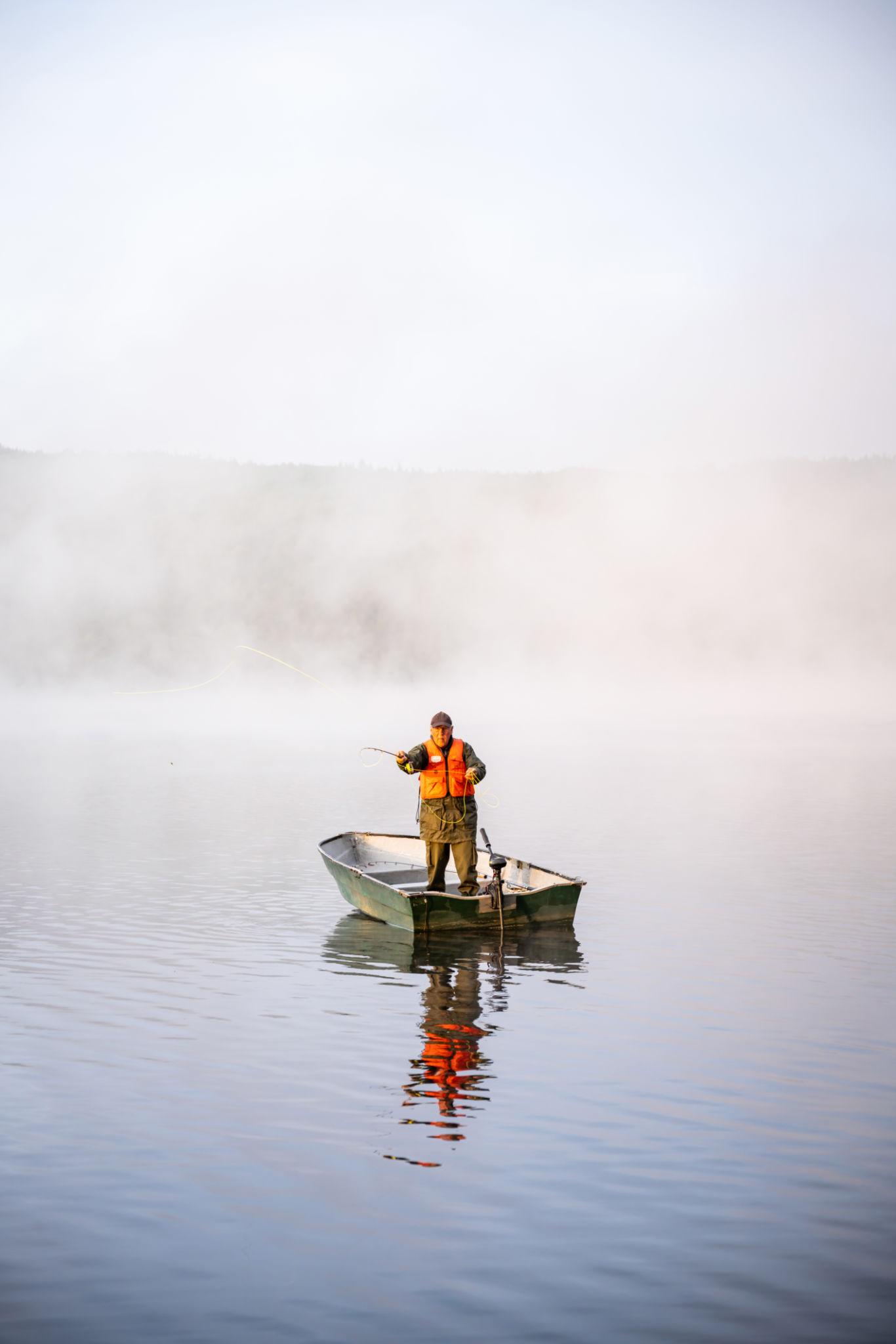The Impact of Seasonal Changes on Fishing in Amami
Understanding Seasonal Variations in Amami
Amami, a picturesque island region in Japan, is renowned not only for its breathtaking landscapes but also for its rich marine life. The island's fishing industry is a vital part of the local economy, deeply influenced by the changing seasons. Understanding these seasonal variations is crucial for both amateur and professional anglers seeking to maximize their yield.
Amami's climate is characterized by distinct seasonal changes, each offering unique conditions for fishing. From the warm, humid summers to the mild, cooler winters, these shifts significantly impact fish behavior and availability. Fishermen need to adapt their strategies throughout the year to align with these natural patterns.

Spring: A Time of Renewal
Spring in Amami heralds a period of renewal and abundance in the waters. As the temperature rises, various species begin to spawn, making it an excellent time for fishing. The warmer waters encourage fish to move closer to the surface, increasing the chances of a successful catch.
During this season, anglers are likely to encounter species such as mackerel and sardines. These fish are not only plentiful but also highly sought after for their rich flavor and nutritional value. Using light tackle and smaller lures can be particularly effective during this time, as fish are often more active and aggressive.

Summer: Embracing the Heat
Summer brings with it both opportunities and challenges for fishing in Amami. The increased water temperatures can lead to higher levels of activity among certain species like tuna and bonito. However, the hot weather also means that fish may retreat to deeper, cooler waters during the day.
To combat this, many fishermen choose to fish during the early morning or late evening when temperatures are cooler and fish are more likely to be found near the surface. Additionally, employing techniques such as trolling can help cover more area and increase the likelihood of a successful catch.
Autumn: A Season of Transition
As autumn arrives, the waters around Amami begin to cool, triggering migration patterns in many fish species. This season is known for its bountiful catches, as fish like amberjack and snapper become more active. The transition period is ideal for anglers looking to take advantage of the diverse marine life.

During autumn, local fishermen often participate in traditional fishing festivals, celebrating the rich harvest and sharing their knowledge with tourists and fellow anglers. It's a time when community spirit is high, and the bounty of the sea is celebrated with joy.
Winter: Challenges and Opportunities
The winter months in Amami present a different set of challenges for fishermen. The cooler temperatures drive many species into deeper waters, making them harder to reach. However, this is also the season when prized species like grouper and squid become more prevalent.
Anglers who are willing to brave the colder conditions can be rewarded with exceptional catches. Techniques such as deep-sea fishing or using heavier gear can prove effective in reaching these elusive fish. Many fishermen also capitalize on the reduced competition during the off-peak season.

Conclusion: Adapting to Nature's Rhythms
The impact of seasonal changes on fishing in Amami highlights the importance of understanding and adapting to nature's rhythms. By aligning strategies with these natural cycles, fishermen can enhance their success and enjoy a sustainable relationship with the ocean.
Whether you're a seasoned professional or a curious beginner, embracing the seasonal dynamics of Amami's waters offers a rewarding experience filled with learning and discovery. The island's rich marine biodiversity ensures that there is always something new to explore with each passing season.